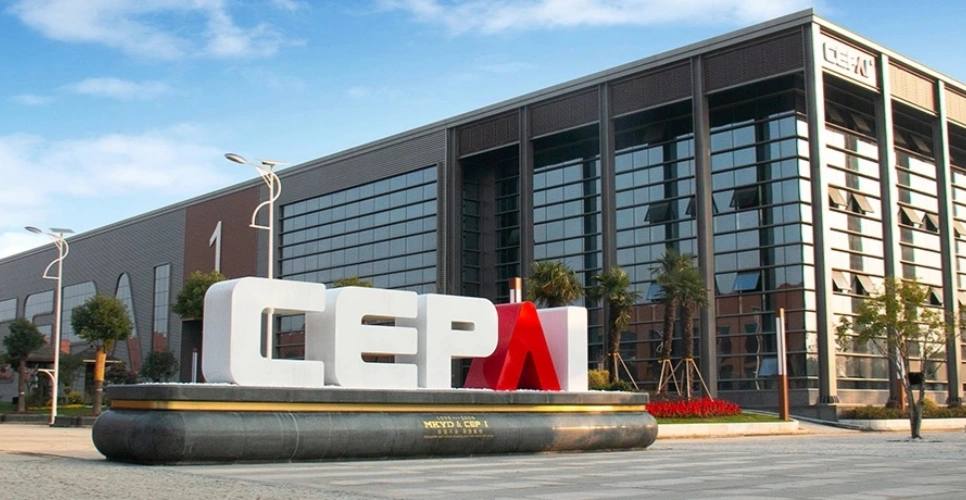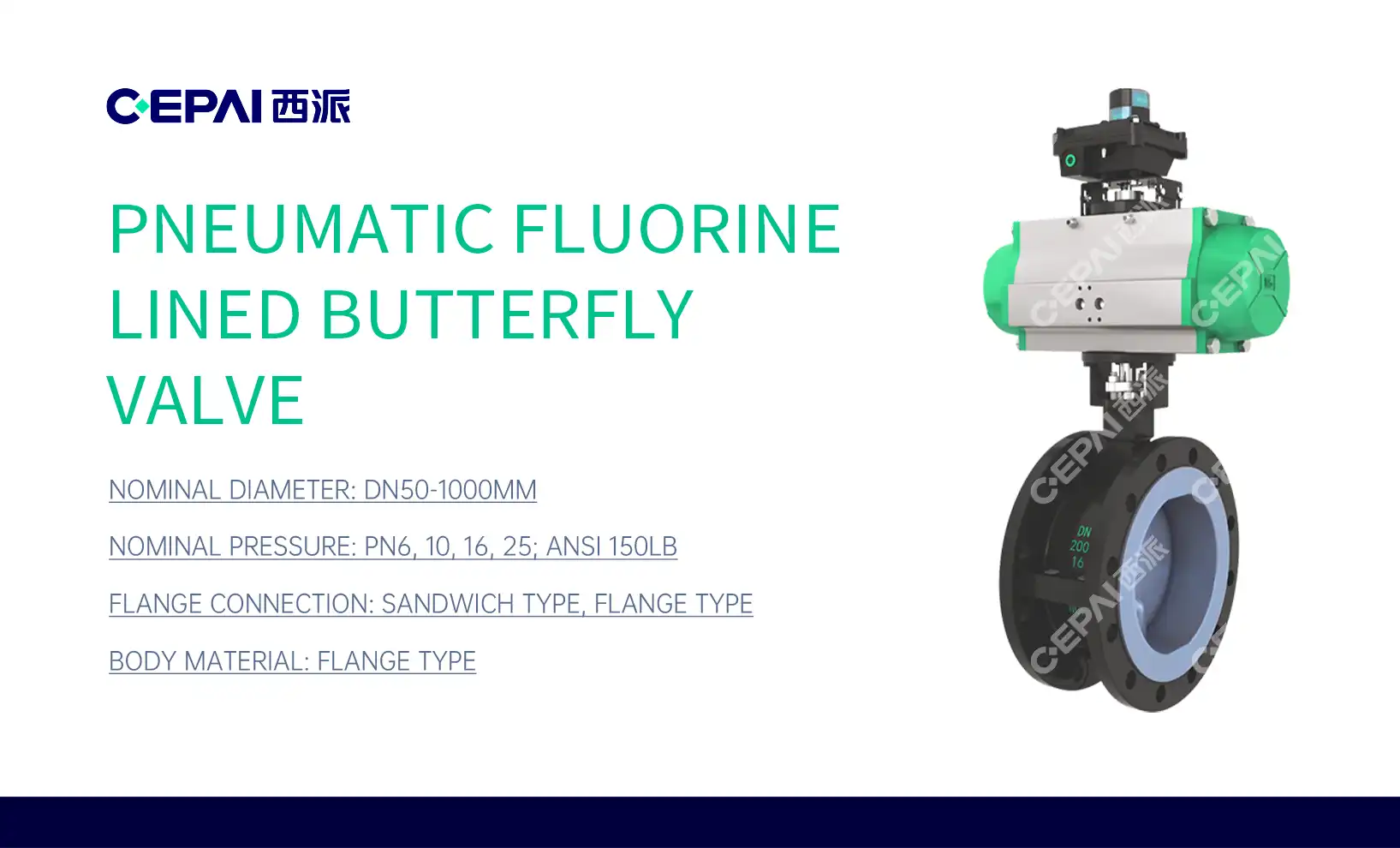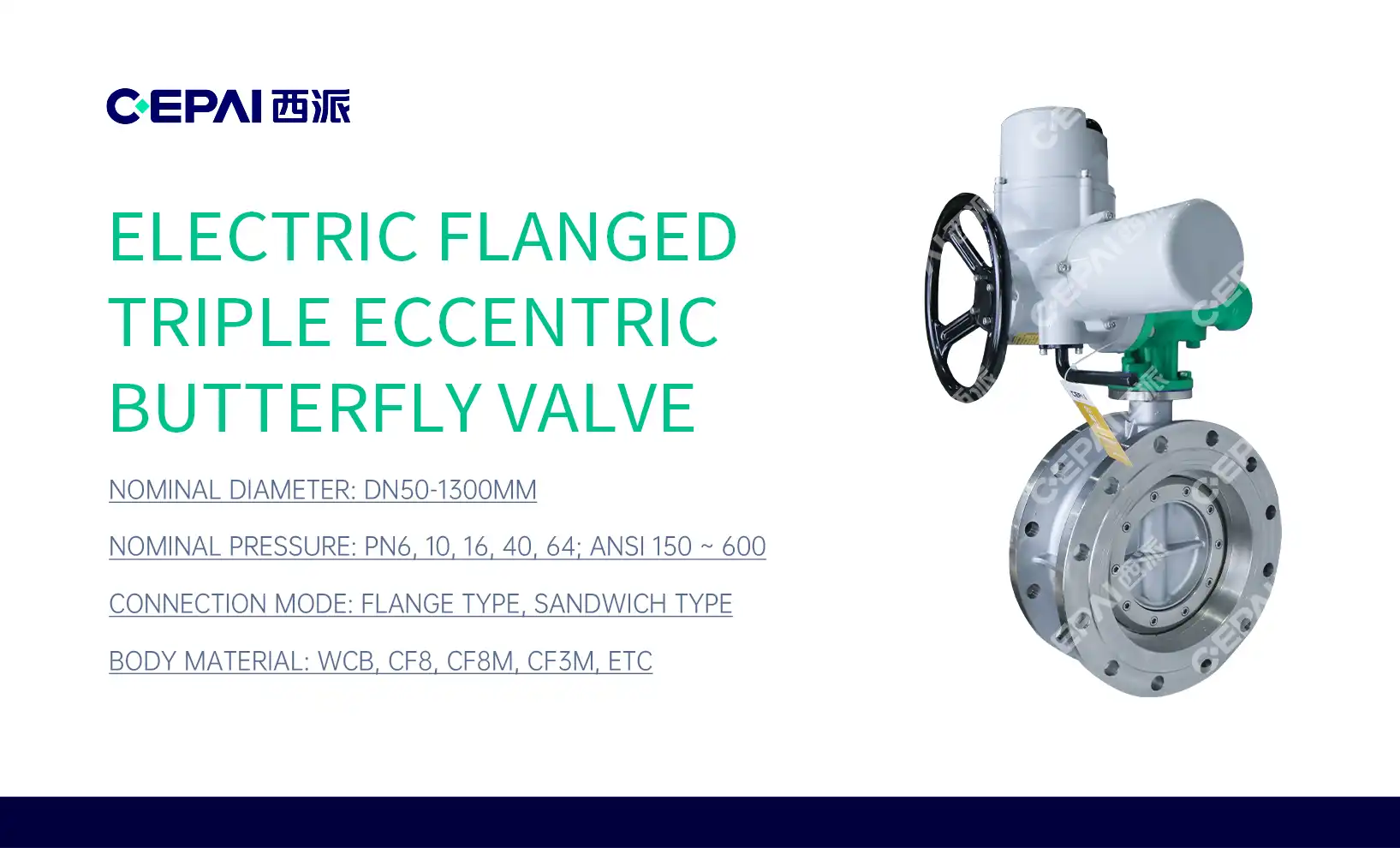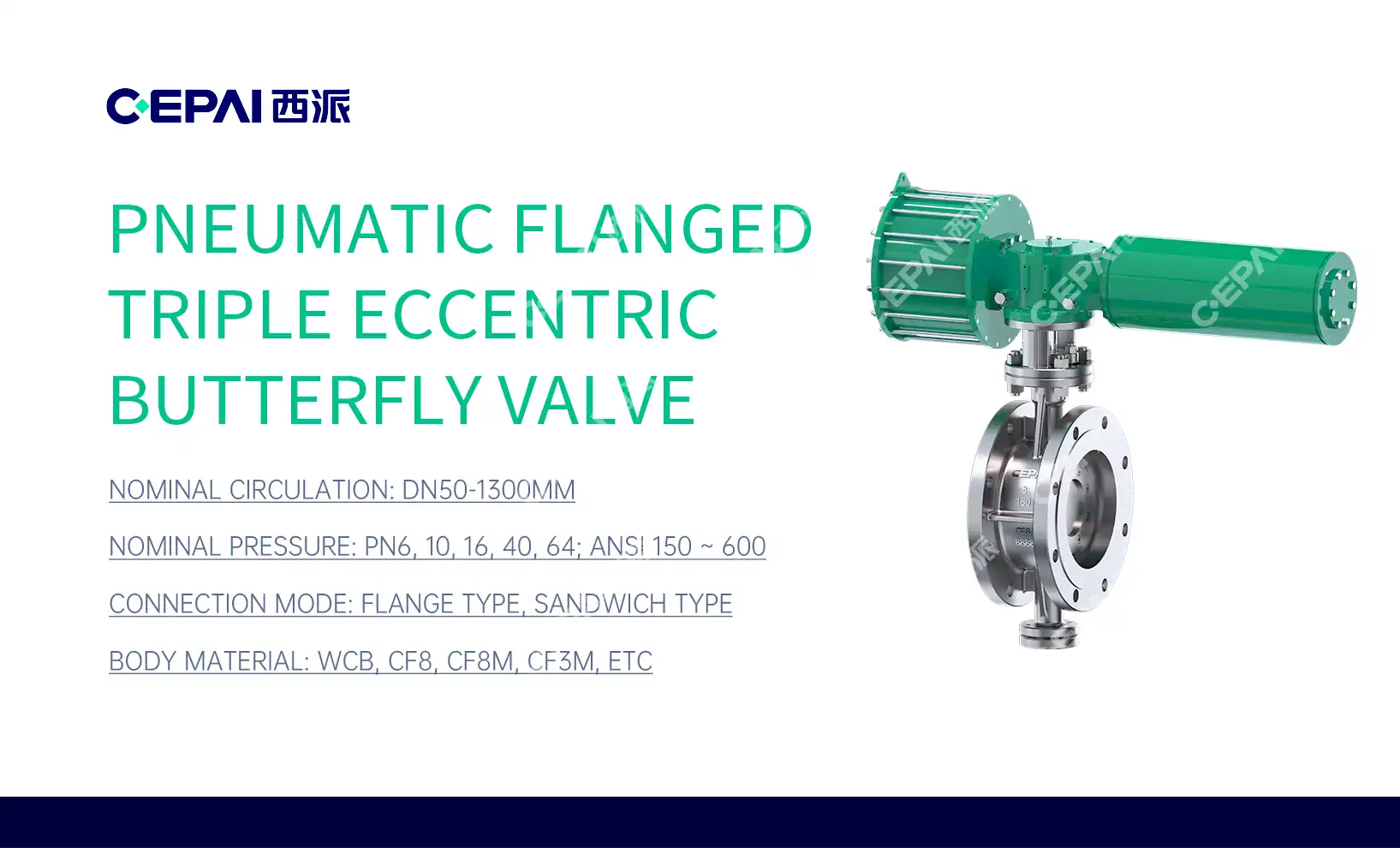Understanding Butterfly Valve Construction and Functionality
Basic Components of Butterfly Valves
Butterfly valves are quarter-turn valves designed for efficient flow control and isolation. The key components include the valve body, disc, seat, stem, and actuator. The valve body houses the internal parts and connects to the piping system. The disc, the primary flow control element, rotates 90 degrees to open or close the valve. The seat provides a seal between the disc and body, ensuring leak-tight closure. The stem transmits rotational force to the disc, while the actuator supplies the necessary torque for valve operation.
Operating Principles of Butterfly Valves
Butterfly valves operate on a simple yet effective principle. When the valve is fully open, the disc is parallel to the flow, offering minimal resistance. As the disc rotates towards the closed position, it gradually restricts flow until it completely seals against the seat. This design allows for precise flow control and quick shut-off capabilities. The quarter-turn operation makes butterfly valves ideal for applications requiring frequent cycling and where space is limited.
Importance of Valve Lining Materials
The lining material in a butterfly valve plays a crucial role in determining its performance and suitability for specific applications. Linings protect the valve body from corrosion and erosion while providing a tight seal. The choice between rubber and fluorine linings significantly impacts the valve's chemical resistance, temperature range, and overall durability. Understanding these material properties is essential for selecting the appropriate valve for your industrial processes, ensuring longevity and reliable operation in diverse operating conditions.
Rubber-Lined Butterfly Valves: Features and Applications
Characteristics of Rubber Linings
Rubber linings in butterfly valves offer several advantageous characteristics. They provide excellent sealing properties, ensuring tight shut-off even at low pressures. The elasticity of rubber allows for effective sealing against minor imperfections in the disc or body. Rubber linings also offer good abrasion resistance, making them suitable for applications involving slurries or particulate-laden fluids. Additionally, rubber-lined valves tend to be more cost-effective compared to their fluorine-lined counterparts, making them an attractive option for budget-conscious projects.
Performance in Various Media
Rubber-lined butterfly valves perform exceptionally well in a range of media. They are ideal for handling water, air, and mild chemicals. In water treatment facilities, these valves excel in applications such as filter backwash systems and distribution networks. For air handling systems in HVAC applications, rubber-lined valves provide reliable flow control and isolation. In the food and beverage industry, certain rubber compounds can meet FDA requirements, making them suitable for handling consumable liquids. However, it's important to note that rubber linings may have limitations when exposed to aggressive chemicals or high temperatures.
Ideal Application Scenarios
The optimal scenarios for employing rubber-lined butterfly valves include municipal water systems, where they handle potable water distribution and wastewater treatment processes. In the power generation sector, these valves find use in cooling water systems and ash handling. The mining industry utilizes rubber-lined valves for slurry transport and dewatering applications. HVAC systems in commercial and industrial buildings benefit from the cost-effectiveness and reliable performance of rubber-lined valves for air handling and chilled water circuits. When selecting a rubber-lined valve, it's crucial to consider factors such as the specific rubber compound, operating pressure and temperature ranges, and the chemical compatibility with the process media to ensure optimal performance and longevity.
Fluorine-Lined Butterfly Valves: Advantages and Use Cases
Properties of Fluorine Linings
Fluorine linings, typically made from materials like PTFE (Polytetrafluoroethylene) or PFA (Perfluoroalkoxy), offer exceptional chemical resistance and thermal stability. These linings provide a non-stick surface that resists fouling and scaling, maintaining smooth operation over extended periods. Fluorine-lined butterfly valves can withstand a wide range of corrosive chemicals, including strong acids, bases, and solvents. The inert nature of fluoropolymers ensures minimal reactivity with process fluids, preserving product purity. Additionally, these linings exhibit low friction coefficients, reducing torque requirements and enhancing overall valve efficiency.
Performance in Harsh Environments
Fluorine-lined butterfly valves excel in harsh chemical environments where rubber linings would quickly degrade. They maintain their integrity in the presence of aggressive chemicals such as hydrochloric acid, sulfuric acid, and chlorine compounds. The high temperature resistance of fluoropolymers allows these valves to operate effectively in processes ranging from cryogenic temperatures to over 200°C (392°F). In applications involving high-purity chemicals or pharmaceuticals, fluorine-lined valves prevent contamination and ensure product quality. Their resistance to permeation also makes them suitable for handling volatile organic compounds (VOCs) and other hazardous materials.
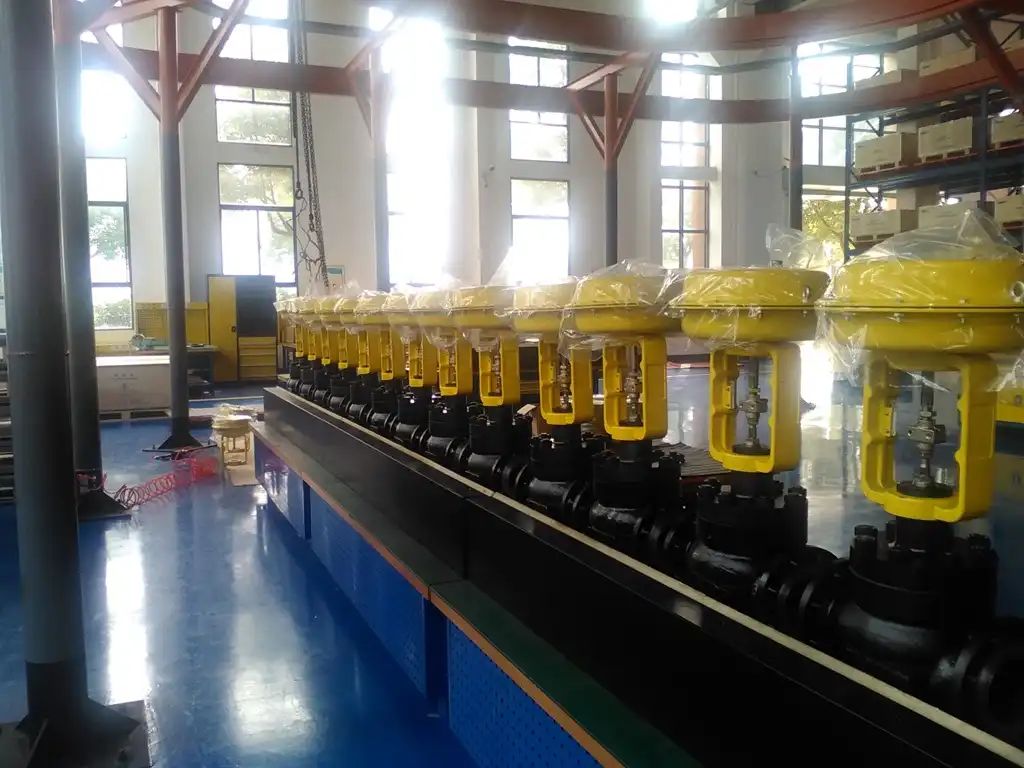
Optimal Use Cases
The chemical processing industry heavily relies on fluorine-lined butterfly valves for handling corrosive chemicals in production and transport processes. In semiconductor manufacturing, these valves are crucial for controlling the flow of ultra-pure chemicals and gases. Pharmaceutical companies utilize fluorine-lined valves in drug production lines to maintain product purity and comply with stringent regulations. The oil and gas sector benefits from these valves in operations involving aggressive hydrocarbons and acidic compounds. In the pulp and paper industry, fluorine-lined valves withstand the corrosive nature of bleaching agents and other chemicals used in paper production. When considering fluorine-lined butterfly valves, it's essential to evaluate factors such as the specific fluoropolymer used, pressure and temperature ratings, and the valve's compatibility with the process requirements to ensure optimal performance in these demanding applications.
Conclusion
In conclusion, the choice between rubber-lined and fluorine-lined butterfly valves depends on the specific requirements of your application. Rubber-lined valves offer cost-effective solutions for water, air, and mild chemical handling, excelling in municipal water systems and HVAC applications. Fluorine-lined valves, while more expensive, provide superior performance in harsh chemical environments, making them indispensable in industries such as chemical processing and pharmaceuticals. By carefully considering factors like media compatibility, temperature ranges, and long-term durability, you can select the most appropriate valve type to ensure efficient, safe, and reliable operation in your industrial processes.
FAQs
1. What are the main differences between rubber-lined and fluorine-lined butterfly valves?
Rubber-lined valves offer excellent sealing and are cost-effective for water and mild chemicals, while fluorine-lined valves provide superior chemical resistance for harsh environments.
2. Can rubber-lined butterfly valves handle high temperatures?
Rubber linings typically have temperature limitations and are not suitable for very high-temperature applications.
3. Are fluorine-lined butterfly valves suitable for food processing?
Yes, certain fluoropolymers meet FDA requirements, making them suitable for food and beverage processing applications.
Choose the Right Butterfly Valve for Your Application | CEPAI
At CEPAI Group, we understand the critical role that butterfly valves play in industrial processes. Our commitment to quality and innovation ensures that we provide top-tier valves tailored to your specific needs. Whether you require rubber-lined valves for water treatment or fluorine-lined valves for chemical processing, our expert team can guide you to the perfect solution. With our ISO-certified quality management system and state-of-the-art testing facilities, we guarantee products that meet the highest industry standards. Contact us at cepai@cepai.com to discuss your valve requirements with our knowledgeable staff and experience the CEPAI difference in valve manufacturing and supply.

References
Smith, J. (2021). "Butterfly Valve Design and Applications in Process Industries." Journal of Valve Technology, 45(2), 78-92.
Johnson, R. (2020). "Comparative Analysis of Rubber and Fluoropolymer Linings in Industrial Valves." Chemical Engineering Progress, 116(8), 34-41.
Thompson, L. et al. (2022). "Performance Evaluation of Lined Butterfly Valves in Corrosive Environments." Corrosion Science and Technology, 57(4), 412-425.
Davis, M. (2019). "Selection Criteria for Butterfly Valves in Water Treatment Facilities." Water Environment Research, 91(6), 517-529.
Chen, H. and Wilson, K. (2023). "Advances in Fluoropolymer Linings for High-Performance Valves." Industrial & Engineering Chemistry Research, 62(15), 6789-6801.
Anderson, P. (2021). "Life Cycle Cost Analysis of Rubber-Lined vs. Fluorine-Lined Butterfly Valves in Chemical Processing." Journal of Loss Prevention in the Process Industries, 70, 104391.

_1746598538016.webp)
